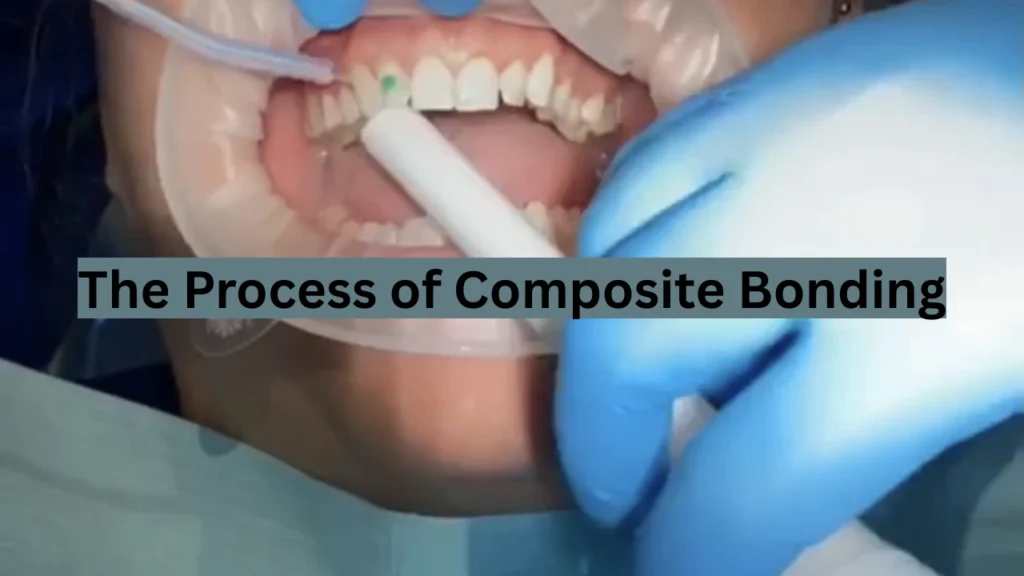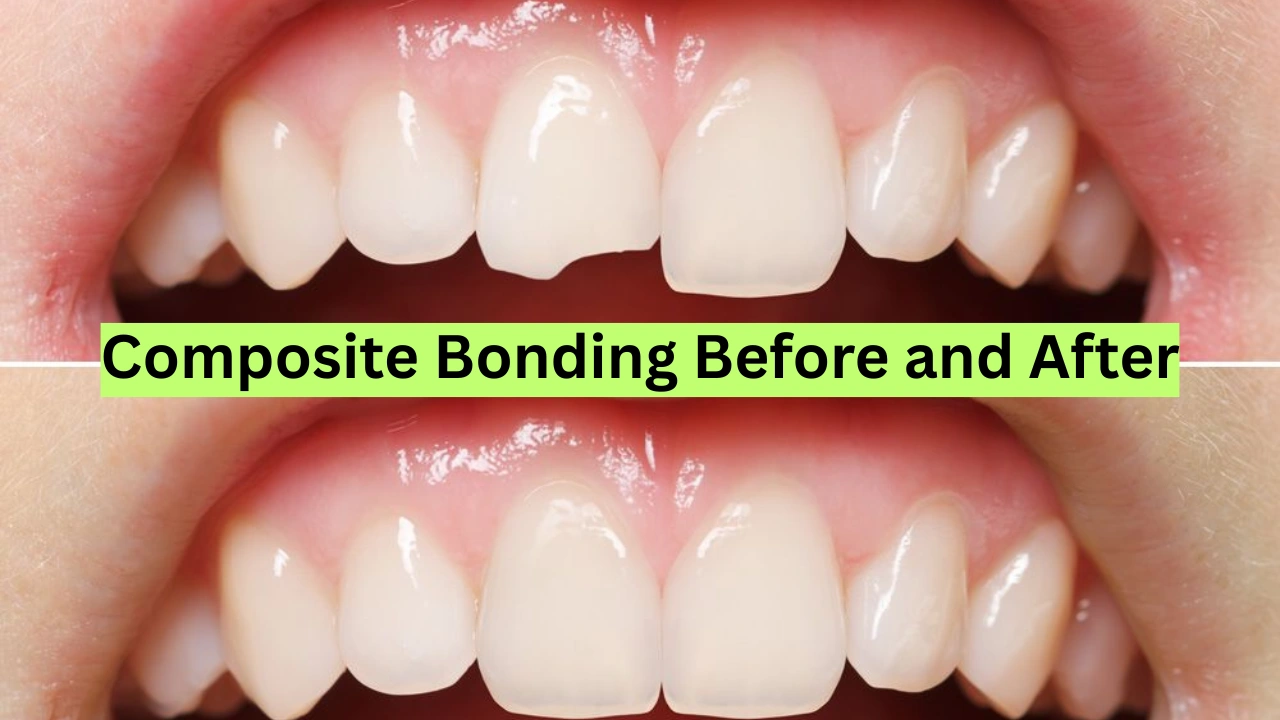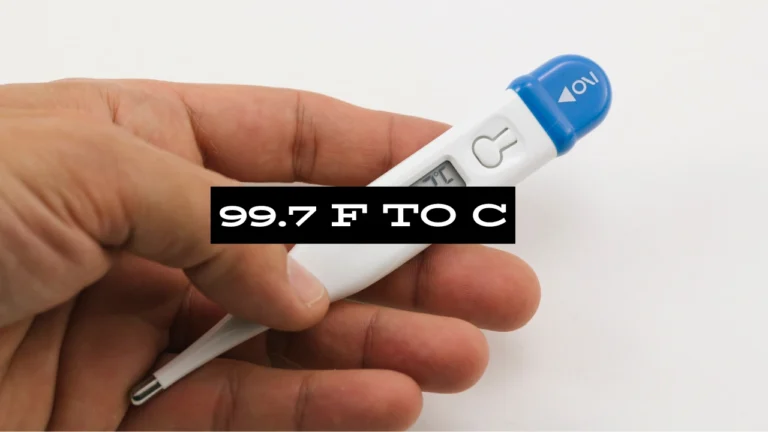Unlock Your Dream Smile: Composite Bonding Before and After Results Revealed
When it comes to enhancing your smile, cosmetic dental procedures have become increasingly popular. One such treatment that offers dramatic results with minimal invasiveness is composite bonding. Whether you’re looking to fix chips, cracks, gaps, or discoloration, composite bonding can be a great option. But, before jumping into treatment, it’s crucial to understand what composite bonding before and after truly means. In this article, we’ll explore how this procedure works, what results you can expect, and tips for maintaining your smile afterward.
What is Composite Bonding?
Composite bonding before and after is a dental procedure that involves applying a tooth-colored resin to your teeth to improve their appearance. The resin is carefully sculpted to match the natural contours of your teeth. It is then hardened using a special light, ensuring a strong and durable finish. Composite bonding can be used to address a variety of cosmetic concerns, such as gaps between teeth, chipped teeth, uneven tooth length, and discoloration.
The Process of Composite Bonding

The process of composite bonding before and after is relatively simple and typically completed in a single visit to your dentist. During the procedure, the dentist will prepare the affected tooth by lightly etching the surface to ensure the bonding material adheres properly. Once the surface is ready, a tooth-colored resin is applied to the tooth and shaped to match its natural form. After shaping, the resin is hardened using a special curing light. The dentist will then polish the bonded area, leaving you with a smooth, natural-looking finish.
Comparing Cosmetic Dental Procedures: Composite Bonding vs. Veneers vs. Crowns
| Feature | Composite Bonding | Veneers | Crowns |
|---|---|---|---|
| Cost | Affordable | Expensive | Moderate to Expensive |
| Procedure Time | 1 Visit | 2 or More Visits | 2 or More Visits |
| Longevity | 5-10 Years | 10-15 Years | 10-15 Years |
| Invasiveness | Minimal | Moderate | High (requires tooth reshaping) |
| Natural Appearance | Highly Natural | Very Natural | Less Natural (covers full tooth) |
| Durability | Moderate | High | High |
| Maintenance | Low | Low | Moderate |
Composite Bonding Before and After: What to Expect
Understanding the results of composite bonding is key to making an informed decision. Let’s take a look at the composite bonding before and after pictures and explore the changes that occur.
Before Composite Bonding
Before the procedure, you may notice certain imperfections in your smile. These imperfections could include chipped, cracked, or discolored teeth. In some cases, gaps between teeth may also be a concern. The goal of composite bonding is to mask these imperfections, creating a more uniform and aesthetically pleasing appearance.
After Composite Bonding
Once the procedure is complete, you’ll likely notice an immediate transformation in your smile. The composite resin bonds seamlessly with your natural teeth, making the imperfections virtually disappear. The results are noticeable right away, and the material blends in so well that the bonded teeth look completely natural. The finish is shiny and smooth, resembling the natural enamel of your teeth.
Benefits of Composite Bonding Before and After
There are several key advantages to composite bonding, making it a popular choice for many seeking to improve their smiles. Here are a few benefits to consider:
- Non-invasive Procedure: Unlike crowns or veneers, composite bonding requires little to no removal of tooth structure. This means that the process is less invasive, with a faster recovery time.
- Affordable Solution: Composite bonding is a cost-effective option compared to other cosmetic dental treatments, such as veneers or crowns. The results can be just as impressive at a fraction of the cost.
- Natural Results: The resin used in composite bonding can be perfectly color-matched to your natural teeth, making the results look incredibly realistic.
- Quick Treatment: Most composite bonding procedures can be completed in just one visit, making it an ideal option for those with busy schedules.
- Versatility: Whether you need to fix a small chip or fill a large gap, composite bonding is versatile enough to address a wide range of dental issues.
How Long Does Composite Bonding Last?
While composite bonding before and after can offer immediate improvements in your smile, it’s important to note that the longevity of the results depends on several factors. Generally, composite bonding can last anywhere from 5 to 10 years with proper care. However, it’s crucial to practice good oral hygiene to extend the lifespan of the bonding material. Regular brushing, flossing, and avoiding habits such as biting on hard objects will help maintain your results for longer.
Composite Bonding vs. Veneers: Which is Better?
When considering cosmetic dental treatments, many people wonder how composite bonding before and after compares to veneers. The decision depends on your specific needs and goals.
- Composite Bonding: A more affordable option with a quicker application time. It is ideal for smaller repairs and less severe imperfections.
- Veneers: Typically more durable and longer-lasting, but they require more preparation of the tooth. Veneers are usually chosen for more significant cosmetic improvements.
Both options offer unique benefits, so it’s important to consult with your dentist to determine which treatment is best for you.
Is Composite Bonding Right for You?
If you’re looking to enhance your smile without undergoing extensive dental work, composite bonding before and after results can be an exciting transformation. It’s an excellent option for patients seeking a quick, non-invasive solution to common cosmetic dental issues. However, as with any procedure, it’s essential to have a thorough consultation with a dentist to ensure that composite bonding is the right choice for your needs.
Conclusion
In conclusion, composite bonding before and after is an exciting transformation that can give you the smile you’ve always wanted. Whether you’re looking to fix a small chip or address larger cosmetic concerns, composite bonding offers an affordable, non-invasive, and effective solution. The results are natural-looking, and the procedure is relatively quick, allowing you to resume your daily activities immediately. By following proper maintenance and oral care guidelines, you can enjoy a beautiful smile for many years to come.







